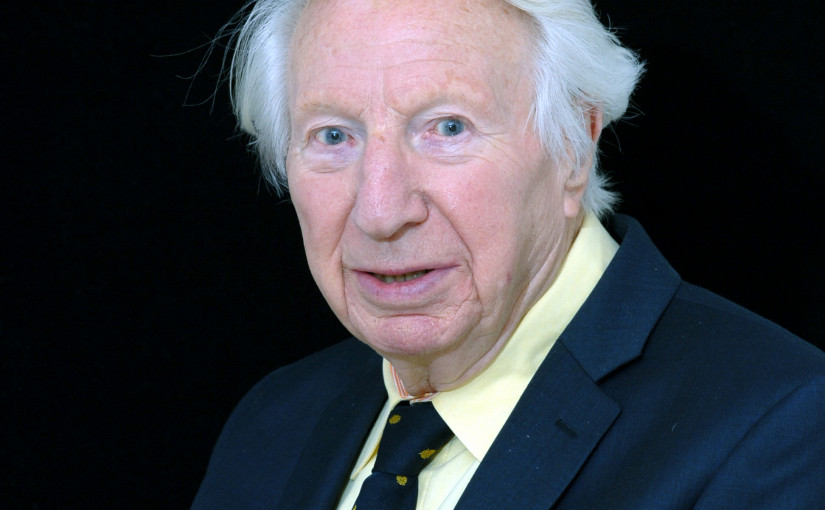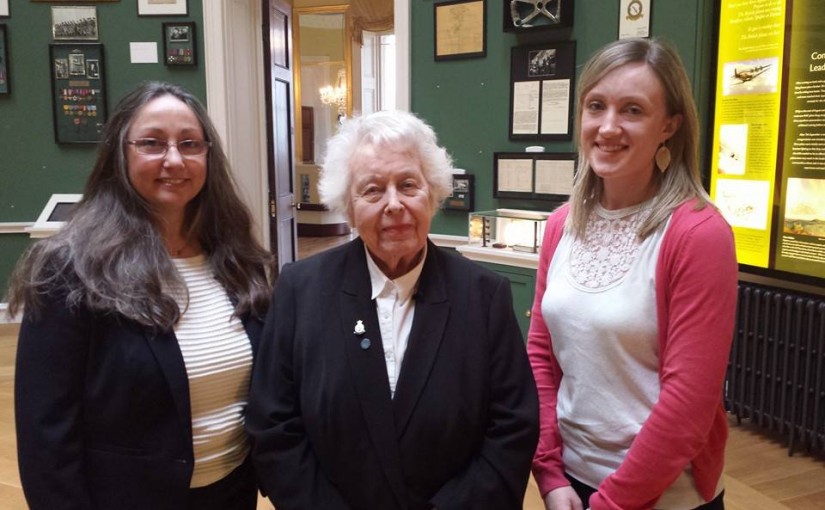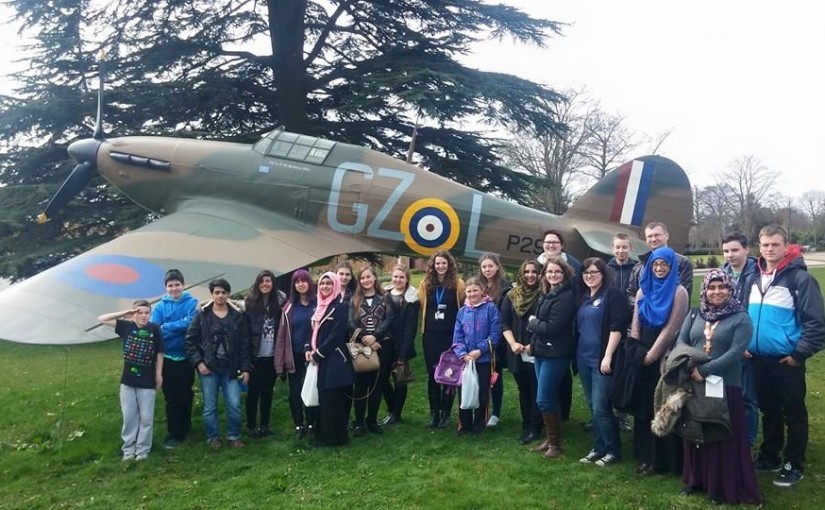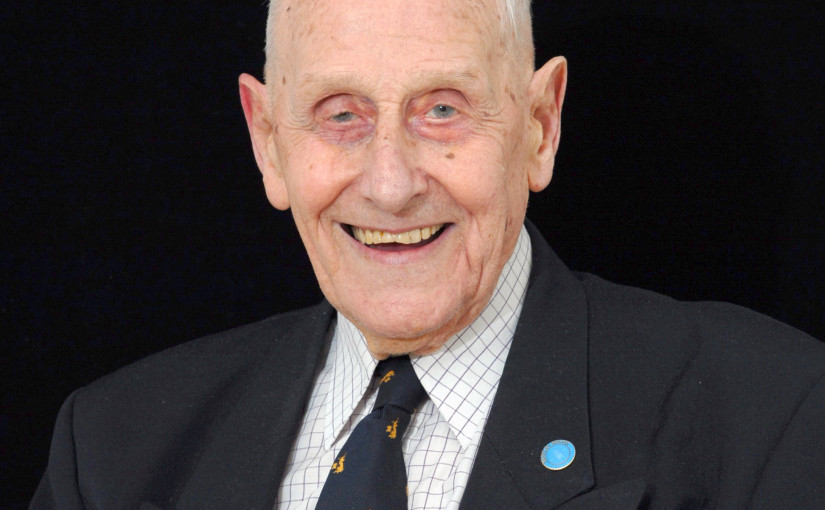Tony Iveson was a Battle of Britain pilot.
Born in 1919, Iveson joined the RAFVR in 1938. He was called up on September 1 1939. At No 5 Flying Training School at Sealand. Iveson converted to Spitfires and joined No 616 Squadron on 2 September 1940.
On 16 September, Iveson ditched in the North Sea 20 miles off Cromer after running out of fuel while chasing a Junkers Ju 88. He was picked up by a motor torpedo boat and landed at Yarmouth. He was posted to No 92 Squadron on October 11 1940. Commissioned in May 1942, Iveson did his second operational tour with Bomber Command. He joined No 617 Squadron in 1944 and amongst other operations, he flew three sorties against the German battleship Tirpitz, including the one that resulted in her sinking in Tromso Fjord on November 12 1944.
On January 12 1945 he took part in a raid on shipping and the submarine base at Bergen, in Norway. The Lancasters were jumped by German fighters and his aircraft was badly damaged, with his port inner engine set on fire and his tailplane and rudders riddled with bullets. His two air gunners and wireless operator had already baled out, when the the fighters suddenly broke off the attack. Iveson managed to regain control of the stricken aircraft and reached Sumburgh, Shetland. For this action, he was awarded the DFC.
Iveson left the RAF on July 12 1949. Later he became Chairman of the Bomber Command Association and was a major force in the campaign that led to the creation of the Bomber Command Memorial in The Green Park in London.
 What’s On
What’s On Opening Hours & Admission
Opening Hours & Admission








